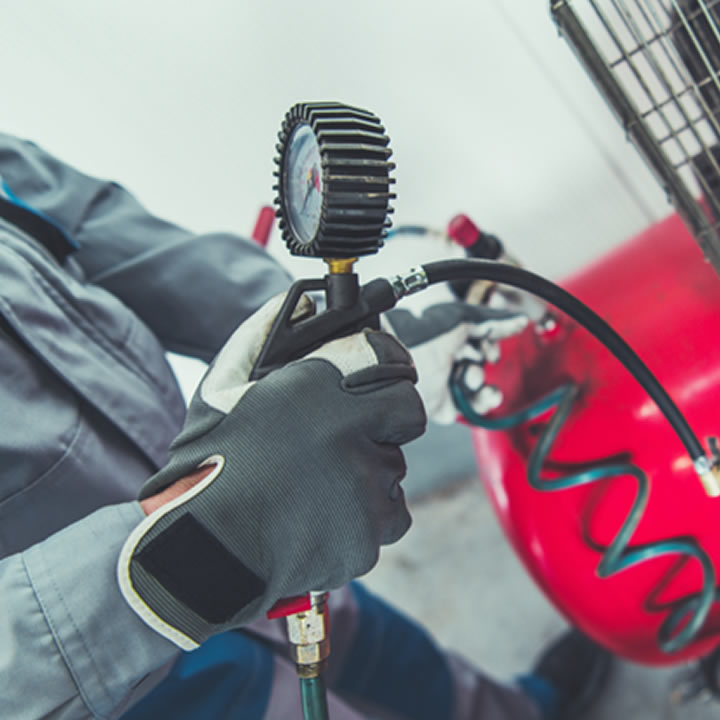Compressed air is used in one form or another in most industrial facilities. Generating compressed air is also one of the largest consumers of energy for industrial facilities with estimates between 10-30% of the total energy consumed. It is no surprise then that energy savings is a big concern.
Here are the top five energy-saving tips for industrial air compressors.
- Choose The Right Compressor For The Job
It is very important to choose the right compressor for your facility and the job it needs to do. A smaller compressor may be more cost-effective in the beginning but cost you more in maintenance and upkeep when the job is larger than it is designed to handle.
There are many different kinds of compressors and you need to understand what they offer and how it fits your plant’s needs. Each one has specific technology that offers advantages depending on the application. Knowing your options upfront will save you money down the line.
Some compressor options include:
- VSD: Because it adjusts to meet demand, this compressor is good for trim applications.
- Oil-free Compressors
- Centrifugal Compressors
- Piston Compressors
- Hydrovane Compressors
Companies like Mac-air Compressor can explain the options for industrial air compressors and find one that fits your facilities needs.
- Energy Recovery
Air compressors create a lot of heat as a by-product of running the compressor. Rather than let it escape into the atmosphere, you can save on your energy costs by reclaiming it and using it to heat a building, heat water or steam for use in industrial processes or to warm water for handwashing in the washroom.
About 90% of the heat energy needed to run some industrial compressors can be reclaimed and used, which will save you money.
- Maintenance
Often overlooked, maintenance can make a big difference in the performance and life of your air compressor. A well running compressor will be more efficient and last longer if properly cared for.
Be sure to follow the maintenance manual and replace filters, oil and parts as directed. It is also a good idea to schedule regular maintenance at 6 months and 1 year along with weekly checks.
- Use Cooler Intake Air
Think about where you are placing your air intake. Most compressors are located inside facilities and use ambient air in the intake. Cooler air takes less energy to produce line pressure. If you can, situate your air intake outside in a cool, shaded area that is away from dust and pollutants.
By some estimates lowering your intake air temperature from 30C to 21C can lower your operating costs by almost 3.5%.
- Eliminate Moisture and Check for Leaks
One common maintenance problem to look out for with industrial air compressors is moisture damage from condensation. Fixing the problem can take up a lot of labour time and downtime in your facility.
It is important to have a way to safely remove water from your system. Manual drains are not always effective and can waste compressed air if left open. Drain traps are a good option that can sense when there is condensation and get rid of it without losing compressed air.
Leaks in the air system are also a waste of energy and compressed air as the system has to create more air to fill the leaks. Use an ultrasonic leak detector to find those leaks and repair them quickly. Also, check for leaks during routine maintenance and line checks.
These 5 tips will help to save energy and help keep your industrial air compressor running at maximum efficiency.

